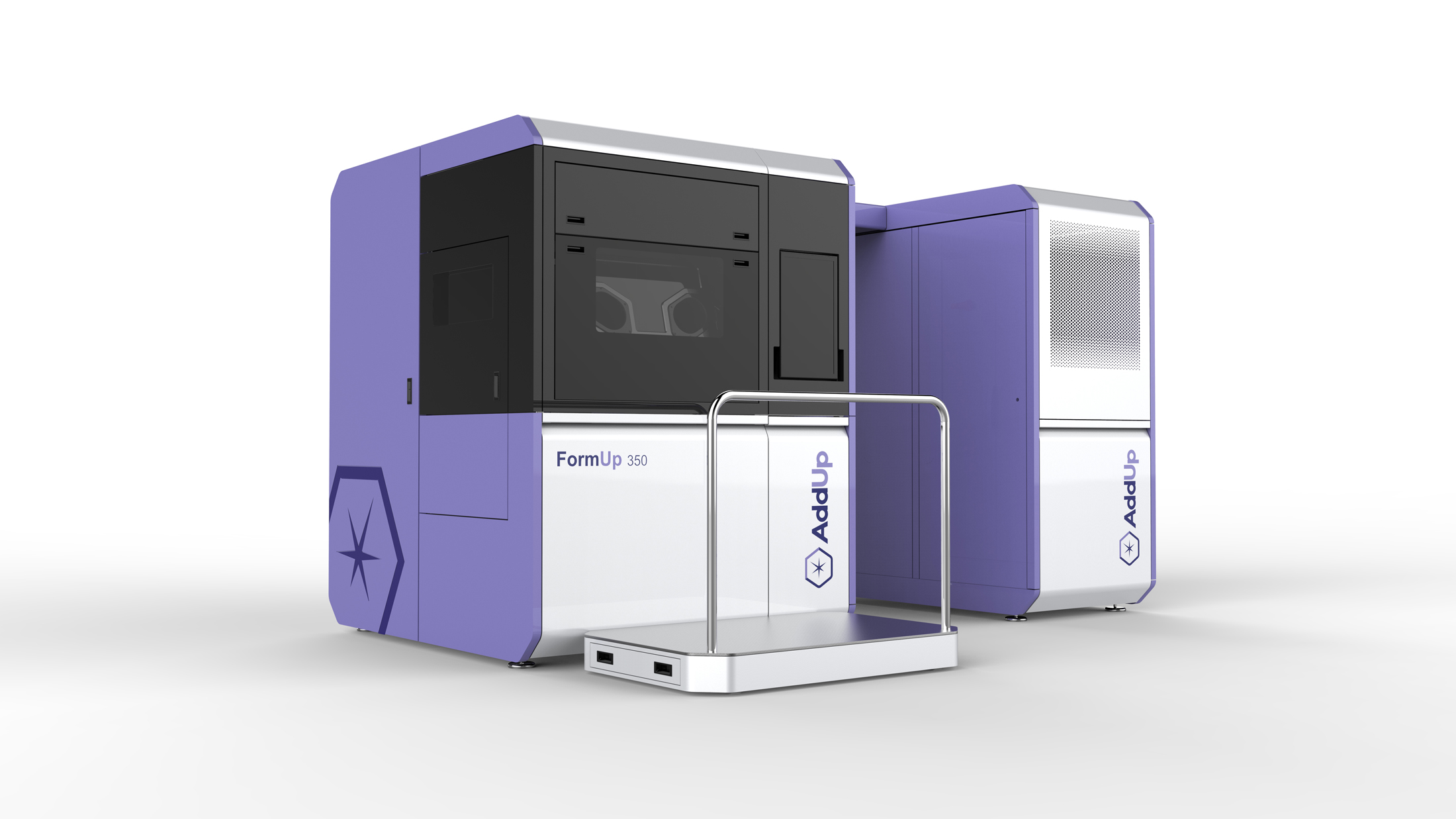A facility to lead the way in additive manufacturing

Christophe Tournier, director of LURPA, explains the challenges of additive manufacturing
“Additive Manufacturing (AM) processes are transforming the way we design and manufacture industrial components. What makes the process so different is that the object is manufactured at the same time as the material.
AM has two particularly decisive advantages: mass customization and the possibility of manufacturing parts with extremely complex shapes or structures and functional properties unlike any envisaged before (architectural structures, controlled porosity, property gradient, etc.).
The main challenge in metal additive manufacturing is that, because the process is so complex and the influence of the powders and machines so huge, the characteristics of the parts being produced remain uncertain.
Why equip LURPA with an AM machine?
“The objective of FAPS (for Fabrication Additive Paris-Saclay) is to set up a world-class additive manufacturing facility on the Paris-Saclay campus. Thanks to this project, we will be able to test processes, develop breakthrough solutions, and contribute to the development and transfer of new design and manufacturing processes based on additive manufacturing.
There are already several Université Paris-Saclay laboratories working on AM processes. The FAPS project is a means to pool and add to existing experimental facilities, join research forces and stimulate the community.
The machine is a research subject in itself given that we have established a collaboration agreement with the supplier (AddUp) to share any performance improvements for commercial exploitation. Finally, the facility will serve students as well as researchers through introduction-to-research activities.”
What is the project’s ultimate goal?
“The project aims to bring together exceptional resources and skills to advance the Selective Laser Melting process (SLM). In SLM, the energy source, controlled by an optomechanical chain, melts the powder arranged in a 2D layer.
This machine is capable of producing components with complex shapes up to a volume of 350cm3. It is with this process that we can optimize the topology and produce architectural structures. To do so, we have to master the process and evaluate its limits, but also optimize the digital chain.
In the long term we have two objectives:
The first is to master the process, i.e., the laser-powder interaction, so as to predict functional properties and their uncertainties at the physico-chemical, metallurgical, mechanical and dimensional levels.
The second is to study and address the upheavals that additive manufacturing entails for the factories of the future in the integrated design and manufacturing process.
We will use various materials, particularly nickel base superalloys, aluminum alloys and stainless steels for the aerospace industry and energy production. We should also be able to produce and implement other nuances using the Equipex MATMECA atomization tower.”
